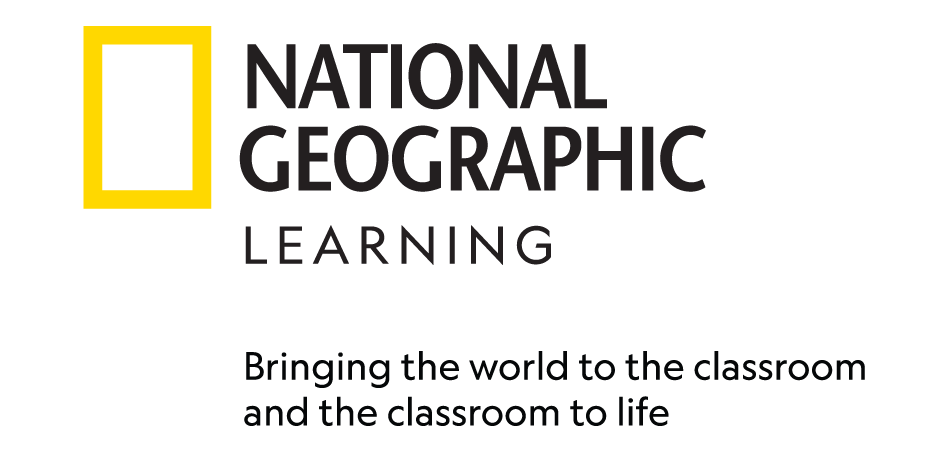What makes Life different for an ELT author
by Helen Stephenson (Beginner and Intermediate)
Coming back to National Geographic for the second edition of Life has been just as interesting as I expected. Flicking through issues of the magazine or exploring the online content, it all still felt like the magic pasta pot of raw material for an ELT course. I have to admit to feeling slightly relieved – there’s no doubt that to revisit and refresh work you have done before is a great opportunity, but part of you does wonder if you’ll be able to find new ways to deliver that language content. Well, I needn’t have worried!
If you are a new user of Life, let me take you through a few of the things that make writing a course based on National Geographic a different experience for the authors. I hope we have managed once again to transmit these things into the finished course.
The ‘wow’ factor
‘Wow’ is such a common reaction to National Geographic photos and the stories that they tell. These images are selected to showcase some of the best photography available. Having such a selection to choose from, I’m confident that the images will speak to the users of Life just as they do to readers of National Geographic . And this makes it easier for me to exploit them for interaction in the classroom, as well as helping to make lessons interesting and memorable.
Stories that connect and inform
National Geographic Magazine has an international readership, it covers a broad range of subject and its tone is inclusive and relevant. This means that we can easily find topics that are accessible to young adult and adult students of English. Sometimes these stories take a familiar name or idea and dig a bit deeper, and sometimes they explore subjects that ultimately connect us all. With topics like this, it’s so much easier for us as authors to develop activities which help students personalise the language they are practising – finding the connections from the stories with their own lives and situations.
And because National Geographic focuses on a storytelling approach, texts are easy to adapt to level as necessary without losing the original, authentic style. Equally, from the point of view of the syllabus we follow, the texts are full of contextualised examples of the kind of language – both lexis and structure – we need to present to learners.
Words and pictures
In these days of Instagram, digital news streams and social media, words and pictures work together more than ever before to tell stories. National Geographic presents a whole package of text + images + (very often) video, as well as a wealth of links and background material. source material. With this as our source material, we are able to deliver a course book that looks less like a text book and more like a ‘normal’ publication. For the learner, this integration of words and pictures gives lots of support, as you don’t need to work hard to understand how the two relate to each other. Users of Life can very easily use the images to start thinking about the kind of language they’ll find in the stories and texts. And as authors, we can provide a much wider range of language practice activities using this integrated material.
Talking points
With the second edition, once again it’s been fascinating to work with the video material and shape the commentaries so that students can get the most out of the short films. It’s a joy to watch an entertaining, thought-provoking or emotional film and then be able to include it in the course for a new audience. In this second edition, we have found some great videos that are much more than receptive language comprehension. They leave you wanting to talk about them or tell your own stories – hopefully our students will feel just the same.


